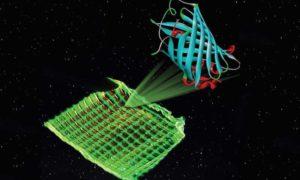Results 1 to 1 of 1
-
01-18-2017, 06:58 PM #1Administrator

- Join Date
- Oct 2016
- Posts
- 2,028
3D Printing for Cheaper Eco-Friendly Screens
Most devices with a screen these days, from televisions to more portable things like tablets and cell phones, use liquid crystal display (LCD) screens, mainly because of their use of inorganic white light-emitting diodes (LEDs). LED screens are energy-efficient and provide really high-quality images. However, it's not all good: LCD screens use expensive color filters, and other components used to create them are not easy to recycle. These displays also have limited brightness and contrast levels. However, a team of German and Spanish scientists with the Friedrich-Alexander University of Erlangen-Nurnberg (FAU) may have the solution to these challenges - and it involves a 3D printing technique and eco-friendly materials. The research team, supported by FAU's Emerging Field Initiative (EFI), have designed a new, cheaper screen, which is made of an ecological hybrid material of natural elements: luminescent proteins. Read more at 3DPrint.com: https://3dprint.com/162129/luminesce...ns-led-screen/





 Reply With Quote
Reply With Quote




Extruder not feeding during print,...
04-28-2024, 02:02 PM in Tips, Tricks and Tech Help